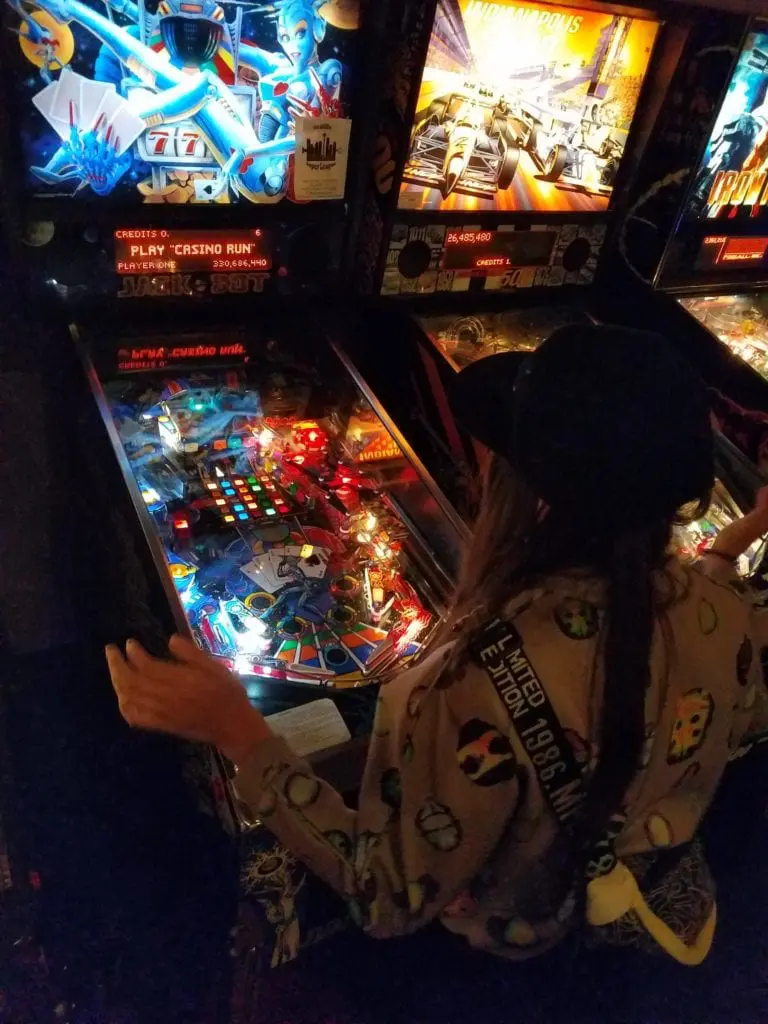ADHD in Children – Signs to Look for

Parenthood is an incredible journey filled with joy, laughter, and, undoubtedly, its fair share of challenges. For some parents, navigating the realm of attention deficit hyperactivity disorder (ADHD) becomes a part of that journey. ADHD in children is a topic that resonates with many, as the signs can often be subtle and easily overlooked. In this guide, we’ll explore the nuances of ADHD, shedding light on the signs every parent should be attuned to that could indicate you should start looking into the likes of ADHD supplements For kids.
Decoding the ABCs of ADHD
Understanding ADHD begins with decoding its essence. ADHD is not a mere label; it’s a unique cognitive fingerprint that manifests differently in each child. Instead of viewing it as a hindrance, consider it a variation in neurological wiring. Here are the primary components:
- Attention Difficulties: Children with ADHD often struggle to maintain focus, getting easily distracted even in seemingly quiet environments.
- Hyperactivity: Excessive fidgeting, restlessness, and a constant need for movement characterize hyperactivity, a key element of ADHD.
- Impulsivity: Acting without thinking, making decisions on the fly – impulsivity is a trait that often accompanies ADHD.
The Symphony of Signs
Navigating the ADHD landscape involves recognizing the subtle symphony of signs. These symptoms can range from simple forgetfulness to severe learning difficulties. Each symptom might need special attention and understanding to ensure that the child can navigate both educational and everyday challenges with confidence and success. For instance, recognizing the impact of ADHD on learning is crucial in this process, as it can significantly affect a child’s ability to stay focused, organize tasks, follow instructions, and manage time effectively.It’s crucial to remember that each child is unique, and the signs may vary. Keep a keen eye on:
- Forgetfulness: Is your child consistently forgetful, misplacing items or neglecting tasks?
- Difficulty Organizing Tasks: Struggles in organizing tasks, whether it’s completing homework or following through with daily chores, can be indicative of ADHD.
- Impatience: A heightened sense of impatience and an inability to wait their turn may signal underlying ADHD.
- Inconsistent Focus: Children with ADHD may exhibit inconsistent focus, struggling to sustain attention on tasks or activities that do not inherently captivate their interest.
- Frequent Daydreaming: Excessive daydreaming and zoning out during conversations or activities could be a sign of the wandering mind characteristic of ADHD.
- Easily Distracted: Children with ADHD often find it challenging to filter out distractions, making it difficult for them to concentrate on a specific task.
- Difficulty Following Instructions: Trouble comprehending and following through with multi-step instructions may be an indicator of ADHD-related challenges in information processing.
- Impulse Control Issues: Impulsive behavior, such as blurting out answers before the question is complete or interrupting conversations, is a common trait associated with ADHD.
- Struggles with Transitions: Difficulty transitioning from one activity to another can be a sign of ADHD, as these children may find it challenging to switch their focus and adapt to new situations.
- Restlessness: An inability to sit still, constant fidgeting, or tapping feet are physical manifestations of restlessness often linked to ADHD.
- Difficulty Waiting: Children with ADHD may find it especially challenging to wait in line, take turns, or wait for their chance in a game or activity.
- Impaired Social Skills: Trouble with social interactions, making and maintaining friendships, and understanding social cues are aspects that might be affected by ADHD.
- Forgetfulness in Daily Activities: Beyond misplacing items, forgetfulness in daily activities, such as forgetting to complete basic hygiene tasks, can be another indication.
- Mood Swings: Unpredictable mood swings, ranging from high energy to frustration or even anger, may be part of the emotional rollercoaster associated with ADHD.
The Art of Effective Communication
Addressing ADHD in children requires effective communication. Instead of viewing it as a hurdle, consider it an opportunity to strengthen your connection. Here’s how you can foster open communication:
Active Listening: Practice active listening to truly understand your child’s perspective. Create a safe space where they feel heard and valued.
Encourage Expression: Foster an environment where your child feels comfortable expressing their thoughts and emotions. Encourage them to articulate their feelings without judgment.
Embracing a Supportive Environment
Creating a supportive environment is paramount in helping children with ADHD thrive. Consider these strategies:
Structured Routine: Establish a structured daily routine, providing a sense of predictability that can be incredibly reassuring for children with ADHD.
Positive Reinforcement: Emphasize positive reinforcement, acknowledging and celebrating achievements – no matter how small. This helps build confidence and motivation.
Patience is Key: Understand that progress might be gradual. Patience is not just a virtue; it’s a vital component in the journey of supporting a child with ADHD.
Collaborating with Professionals
Seeking professional guidance is a proactive step in navigating ADHD. Collaborate with educators, counselors, and healthcare professionals who specialize in ADHD. They can provide valuable insights, strategies, and support tailored to your child’s unique needs.
Conclusion
Understanding ADHD in children is a journey filled with empathy, patience, and proactive engagement. Instead of viewing it as a challenge, embrace it as an opportunity to foster resilience and build a stronger parent-child connection. By recognizing the signs, fostering effective communication, creating a supportive environment, and collaborating with professionals, you embark on a path where your child can flourish despite the unique dance of ADHD in their lives. Remember, it’s not just about understanding ADHD; it’s about embracing the beautiful complexity that makes your child uniquely them.
Similar Posts:
- Managing ADHD Symptoms: A Guide for Patients
- Make Sure Your Kids Are Healthy: Developmental Milestones in School-Aged Children
- Brighter Futures – The 2024 Blueprint for Children’s Mental Health
- How to Find Coupons for ADHD Medications
- Empowering Your Health Journey: Choosing the Right Skilled Primary Care Physician









